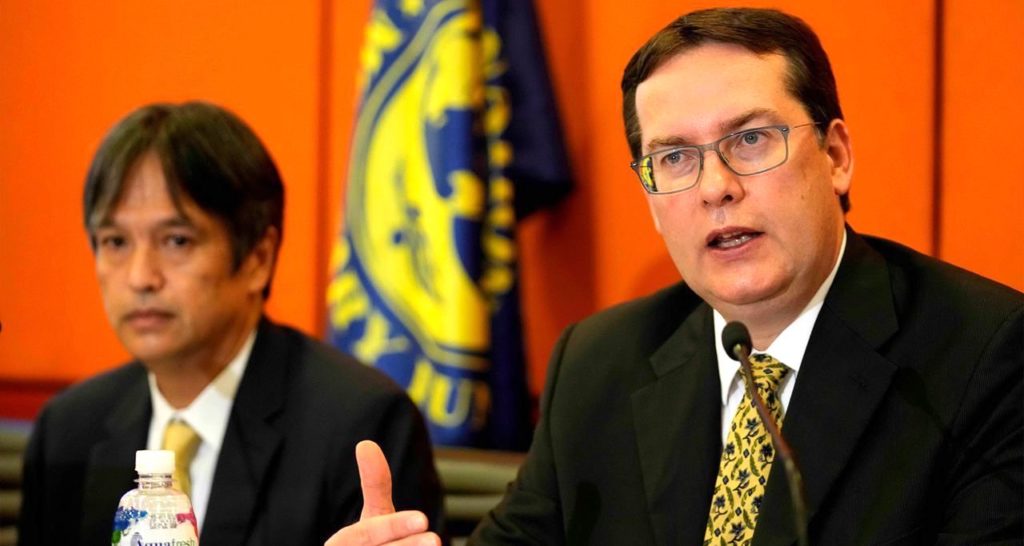Photo courtesy of WSWS
Between 1965 and 2019 Sri Lanka has signed 16 agreements with the International Monetary Fund (IMF), out of which seven were terminated early. As of March 20, Sri Lanka received a bailout from the IMF where $3 billion dollars was approved. The 48 month bailout is an Extended Fund Facility (EFF), which is not limited to economic reforms but also government reforms.
Sri Lanka is the first country to undergo government diagnostics where policy changes and government engagement with the Special Drawing Rights (SDS) funds will be closely monitored. Within the next few days, Sri Lanka is to expect the disbursement of the first tranche of $333 million. One of the benefits that this would entail, according to Peter Breuer Senior Missions Chief for Sri Lanka, is that the injection of capital into the starving economy will catalyze other multi-lateral organizations such as the World Bank and the Asian Development Bank to offer additional financial assistance.
As highlighted in the agreement, there are five essential stipulated provisions that the IMF endorses through the EFF, firstly, revenue based fiscal consolidation. This fiscal consolidation is to include budgetary allocations for social safety nets (aid to lower income households), reforms for fiscal institutions and energy pricing to ensure the state’s ability to support essential utilities. Secondly, the restructuring of public debt, which will stabilize the financing of government operations. The third condition that the IMF hopes to meet through the IMF is ensuring Sri Lanka recovers its deteriorating reserves, which will also alleviate highly volatile inflation. The rebuilding of reserves will also foster investment fertility and allow Sri Lanka to purchase imports. Fourth, the EFF should be used to protect the financial sector. The fifth and undoubtedly most salient condition of the agreement is the call to implement structural anti-corruption mechanisms. By the end of April this year, the government is required to present the IMF with a comprehensive debt restructuring plan outlining the steps the bankrupt country would take to settle its external creditors (specifically China and India).
The social safety nets implemented to aid lower income households are to be placed to mitigate the impacts of the reforms on the vulnerable sects in society. When asked about the recent tax reforms, the IMF’s Peter Breuer and Masahiro Nozaki both confirmed the IMF stance on tax, which is that the wealthier levels of society should foot the bill to protect the vulnerable classes.
President Ranil Wickremesinghe has already signed a Letter of Intent (LOI) committing the country to the conditions laid out in the IMF agreement. Whilst it was tabled in parliament, President Wickremesinghe did not obtain the support he requires from the house. Opposition leader Sajith Premadasa condemned the manner in which the agreement was tabled and called for a parliamentary debate on the provisions. By April, parliament is to find common grounds and begin fulfillment of the conditions comprehensively.
Kristalina Georgieva, Managing Director of the IMF, was persistent in her press release that the success of this program was target based and commitment to the program was pivotal. The anti-corruption laws embedded in the program have been embraced by the general public specifically as it calls for asset declaration and stolen asset recovery by those in the government. But this begs the question of will the government abide by the provisions? As recorded, Sri Lanka has a history of watching their IMF agreements terminated prematurely upon having failed to honor their commitments. The capital injections via the IMF loan will help put out the fire, but isn’t it the responsibility of the government to restore the decays of bankruptcy?
